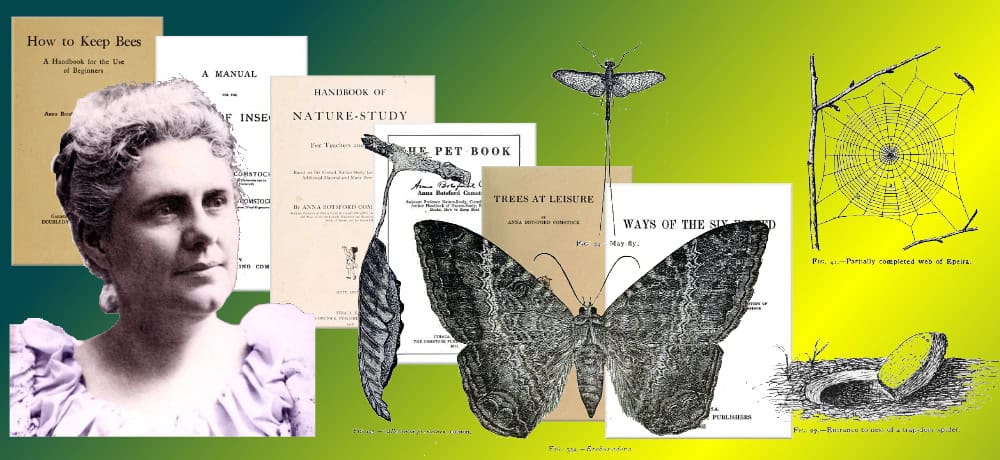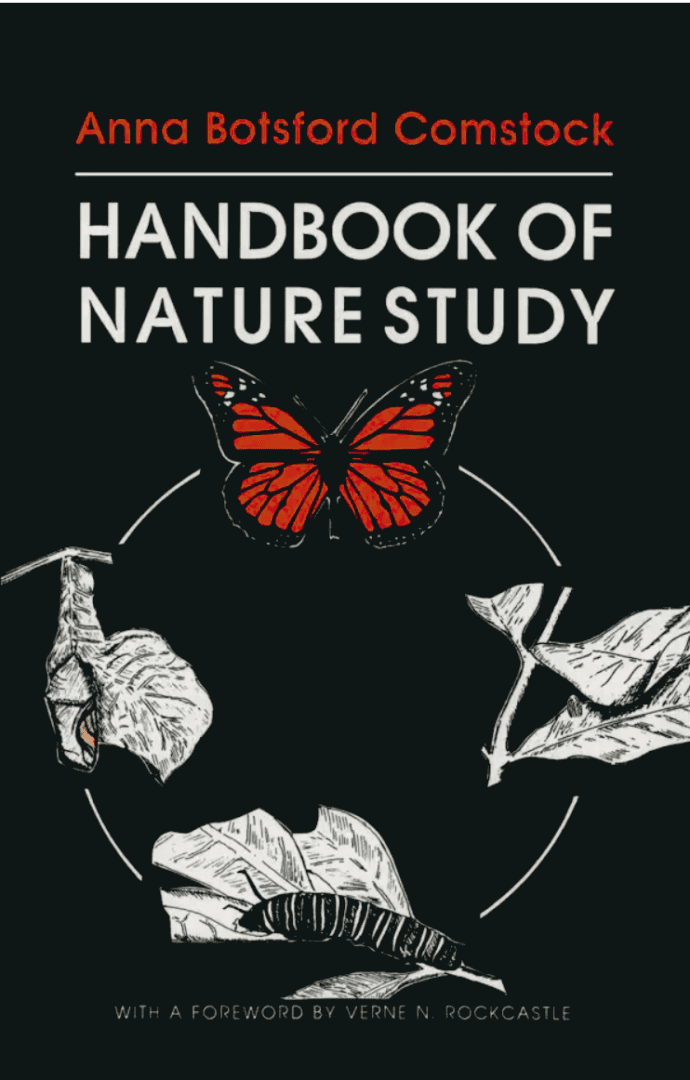Channelling Mother Nature
On September 1, 1854, American scientific illustrator, conservationist, and educator Anna Botsford Comstock was born. She mastered wood engraving to illustrate articles on insects written by her husband, John Henry Comstock, an entomologist who taught at Cornell. She illustrated many books, some of which she coauthored with him, becoming in her own right, Cornell University’s first female professor. She produced several hundreds of wood engravings, some of which won prizes in formal exhibitions.
New York State had entrusted the teaching of nature study to Cornell and its correspondence courses. Engaged for much of her university career in this enterprise, she and her husband formed the Comstock Publishing Associates as a division of Cornell University Press. She developed nature study programs that were adopted by the state and spread throughout the country like wildfire. In a day before ecology was a word, Comstock believed that a formalized study of nature’s systems contributed to a successful life and that a love of nature might develop into a desire to protect it. She called attention to the relationships that create and sustain what today we call an ecosystem. Comstock was no fan of collecting specimens and encouraged the use of hand lenses, binoculars, observation notes, and drawings. Nature study took place in the field.

Confident in a child’s natural interest in the outdoors, Comstock assembled materials for a nature study sourcebook. Her focus was to assist teachers to move from a student’s immediate interest into a broader deeper study and work up student enthusiasm. The student stood at the centre, a natural learning unit worthy of respect. Teachers served as guides, those best positioned to broaden the learner’s view and help the learner make connections.
Knowing teachers needed support, Comstock included fine lessons by additional teachers and scientists and seasoned the pages with the occasional short poem to show how others captured nature in different words. She used her own voice throughout to speak with humour and passion about nature study in manageable chunks so teachers had confidence to take students outdoors to discuss what they could see. Comstock helped teachers understand that no one can know everything. No child would disrespect a teacher who said, “I don’t know. Let’s see if we can find out together… or maybe you will find out before me… or maybe it has yet to be discovered!”

Comstock included photos from modern naturalists, student notebook entries, maps, microscope specimens, and line drawings. Whether the student loved a frog, a crystal, clouds, or river meander, she covered it. Soil conservation? No problem. Meteorology? In the chapter, “Climate and Weather”. Want to make an insect aquarium? Page 400. It took over 900 pages before she completed her Handbook of Nature Study that went through 25 editions, updates, and translations into eight languages. Cornell’s Best Seller… and still available! Comstock’s work touched tens of millions of lives and continues in the best of current Science education.
B Bondar / Real World Content Advantage